Unique ecosystems flourish around the world, sustained by rare and fascinating plant life. These environments often adapt to extreme conditions, creating a delicate balance that supports life in unexpected ways. The plants thriving in these areas play a crucial role in maintaining the ecosystem’s health. Let’s explore some of these unique habitats where plants not only survive but define the landscape itself.
Sundarbans Mangrove Forest
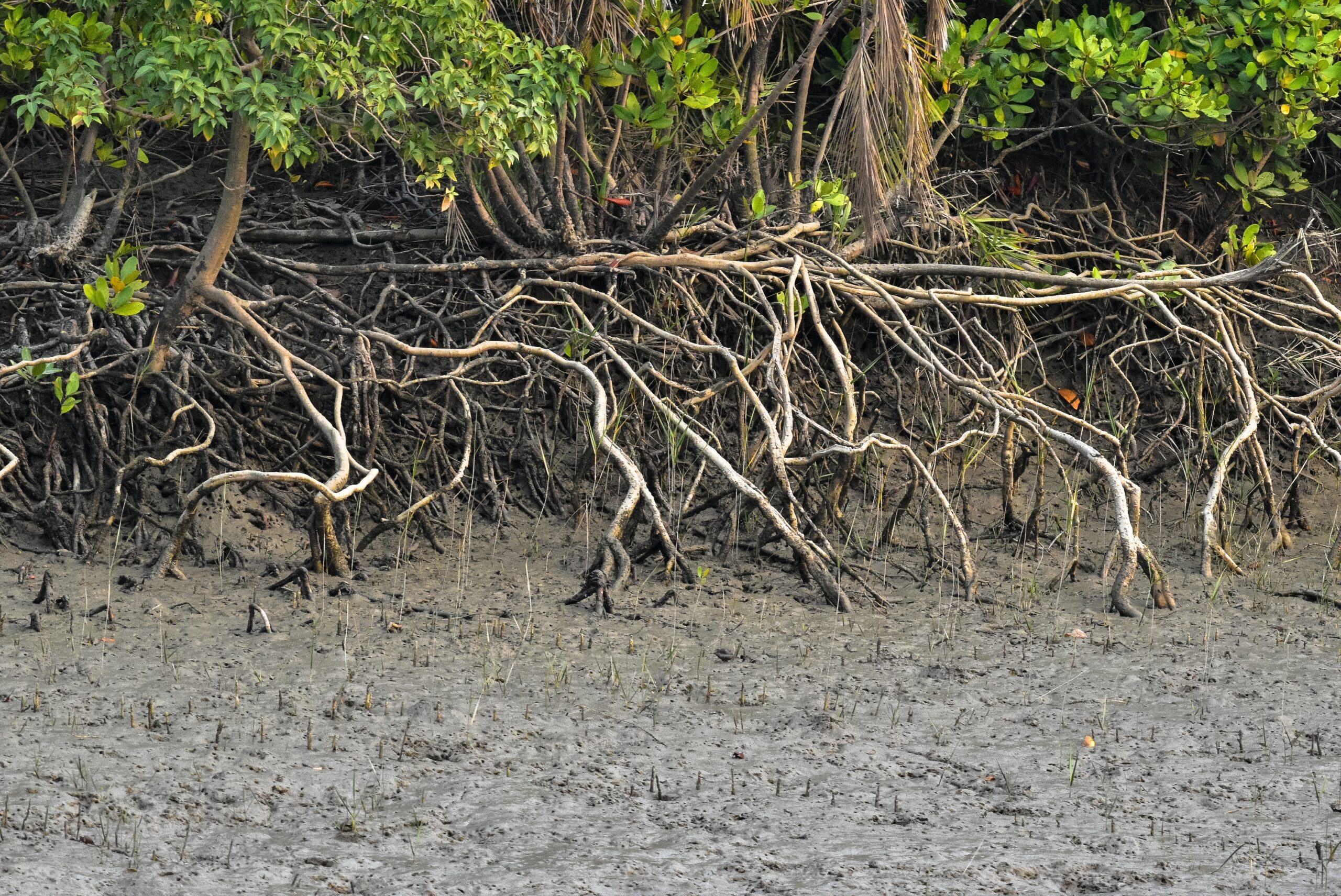
The Sundarbans is the world’s largest mangrove forest. Located in the delta region of India and Bangladesh, it supports a rich variety of wildlife. The mangrove trees adapt to salty water and daily tides. Their roots stabilize the coastline and protect the land from erosion. These trees also serve as a natural filter for pollutants, cleaning the water. This unique ecosystem is home to Bengal tigers, crocodiles, and countless bird species.
Cedar Glade Ecosystems
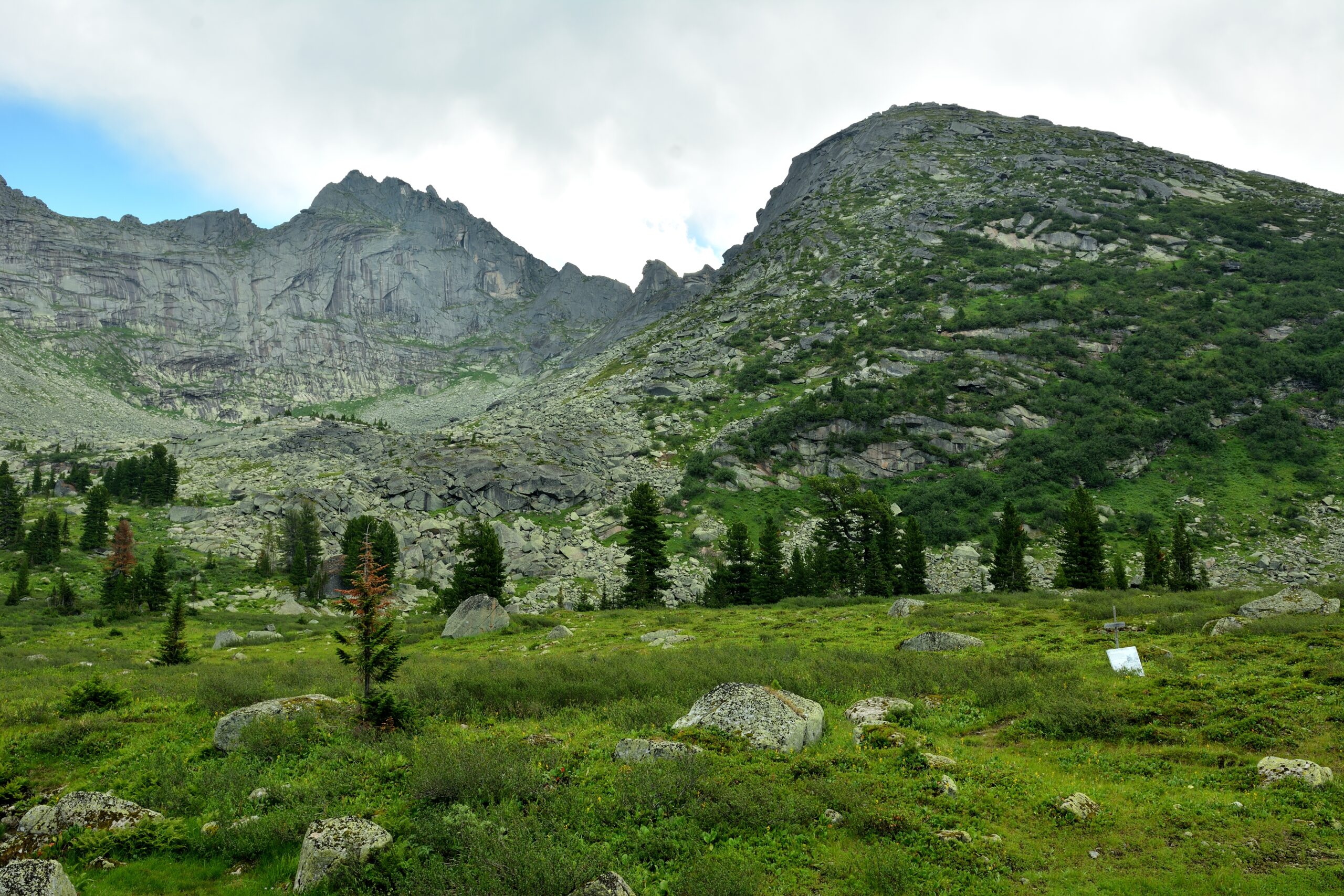
Cedar glades are unique to areas with thin, rocky soil. They are found in places like Tennessee, where limestone bedrock dominates the landscape. Eastern red cedars are the primary plants here, along with rare wildflowers. These plants have adapted to survive in poor soil conditions with little moisture. In these open, sunlit areas, other plants struggle, making it an ecosystem dominated by specialists. The cedar trees create a distinct, sparse environment with great biodiversity.
Socotra Island
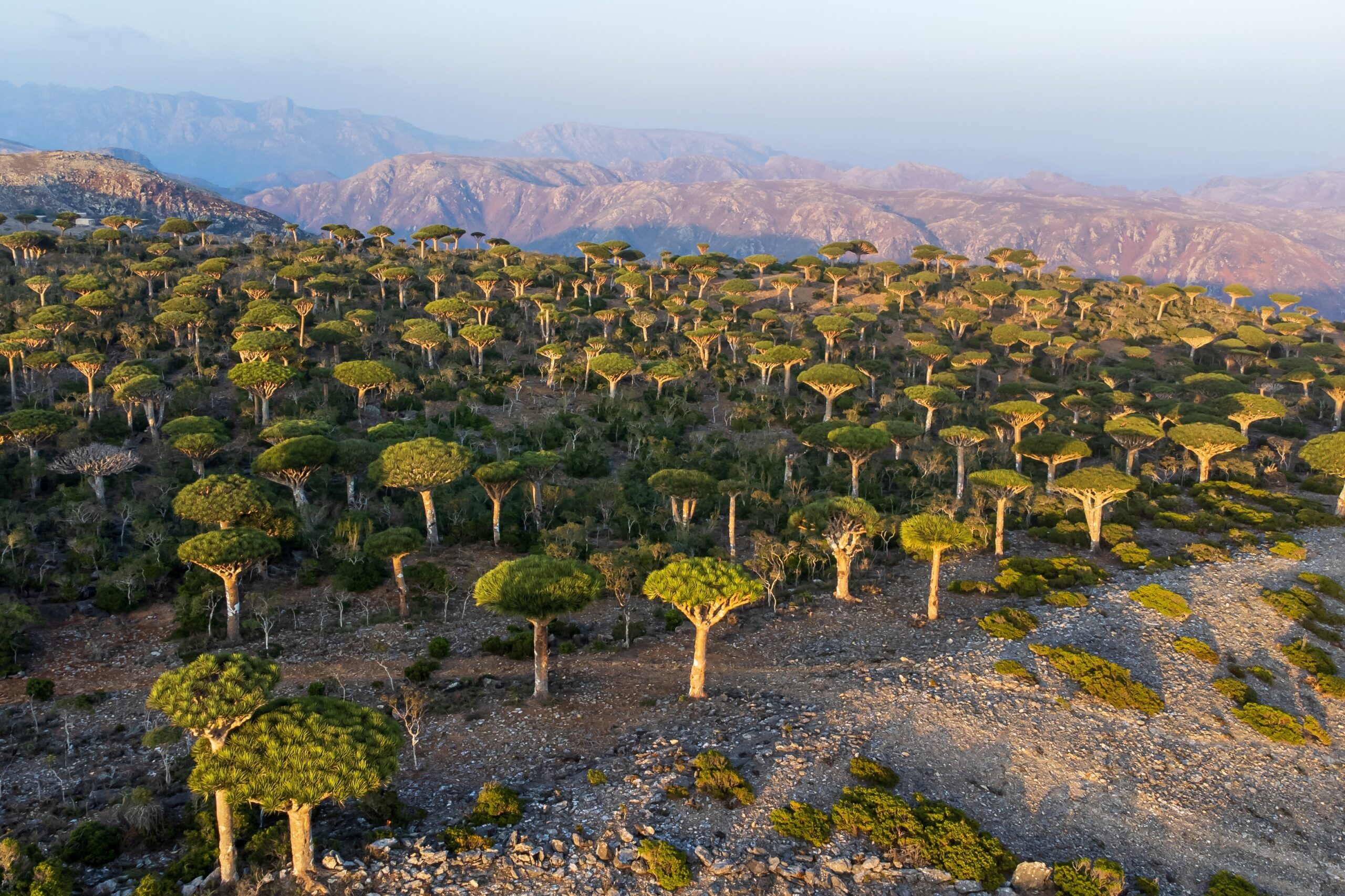
Socotra Island in Yemen boasts some of the most unusual plant life in the world. One-third of its plant species are found nowhere else. The Dragon’s Blood Tree is its most iconic, with its umbrella-shaped canopy. These trees are well adapted to the harsh, dry environment. Succulents and frankincense trees also thrive here. The island’s isolation has allowed these unique species to evolve over millennia, creating an ecosystem unlike any other.
Atacama Desert Coastal Fog

The Atacama Desert is known as the driest desert on Earth. Yet, along the coast, fog sustains a surprising array of plant life. The lomas, or fog oases, support hardy plants like cacti, shrubs, and bromeliads. These plants rely on moisture from the fog to survive. The desert may receive virtually no rainfall, but the fog provides just enough water. This allows plants to thrive in an otherwise barren environment.
Madagascar Spiny Forest

The Madagascar Spiny Forest is filled with unusual, spiky plants that have evolved to survive dry conditions. The forest features tall, spiny succulents like the octopus tree. These plants have water-storing abilities and thorny defenses against herbivores. The unique flora of this forest creates a distinctive, harsh landscape. Many species here, like the baobab tree, are endemic, making it a crucial area for biodiversity.
Cape Floral Kingdom
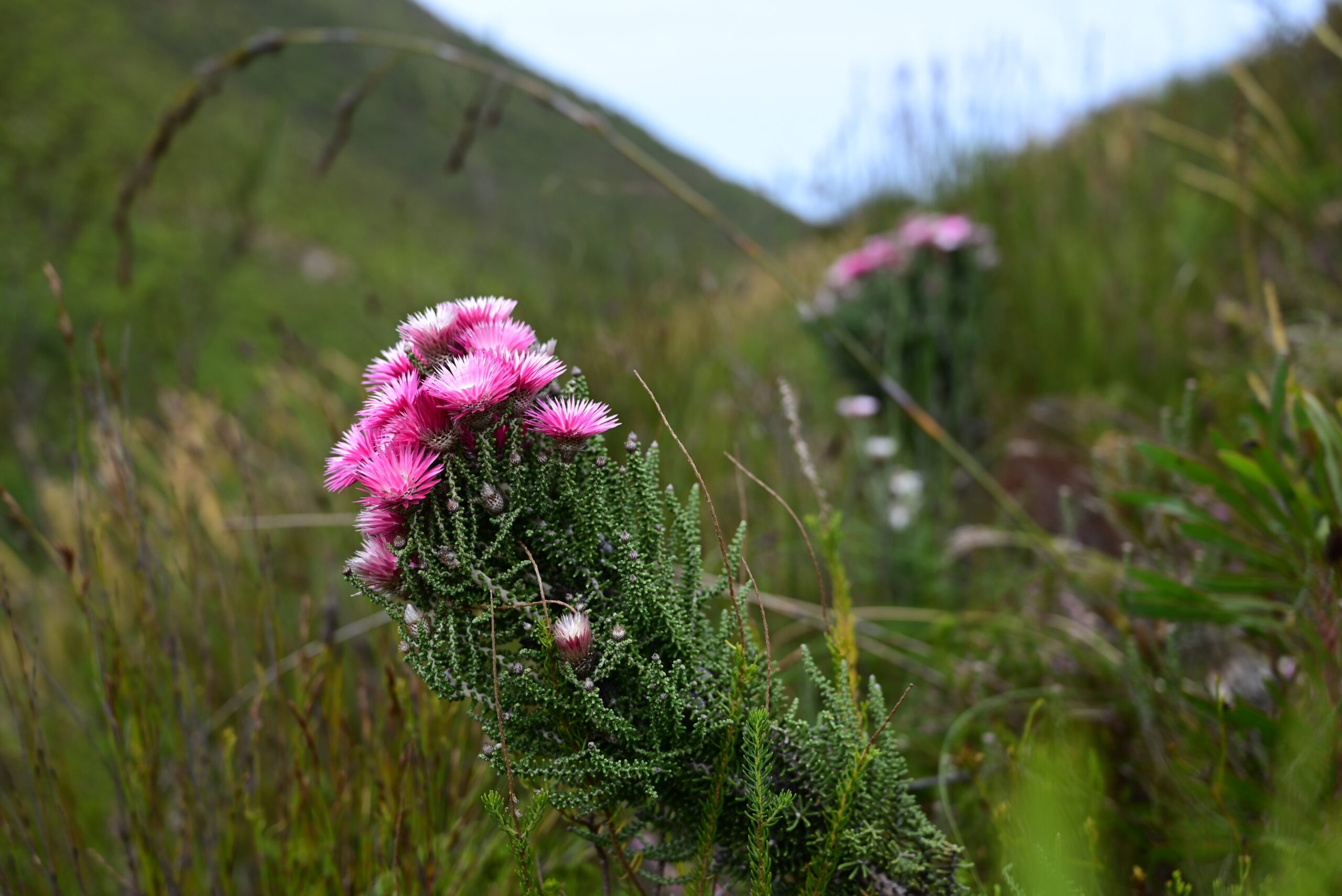
The Cape Floral Kingdom in South Africa is a biodiversity hotspot. It contains more plant species than many tropical rainforests. Most plants here are endemic, including the famous fynbos shrubs. The ecosystem thrives in poor, nutrient-deficient soil. Fire plays a crucial role in renewing the landscape, as many plants need it to release their seeds. The unique flora of the Cape adapts to harsh conditions, resulting in an extraordinary plant diversity.
Bristlecone Pine Forest

Bristlecone pines are among the oldest living trees on Earth. Found in isolated groves in the U.S. West, they thrive in high-altitude, cold environments. Their slow growth and dense wood help them survive extreme weather conditions. Bristlecones can live for thousands of years, with some trees dating back over 5,000 years. The trees’ resilience makes this forest a rare, ancient ecosystem shaped by time and adaptation.
New Zealand Kauri Forest
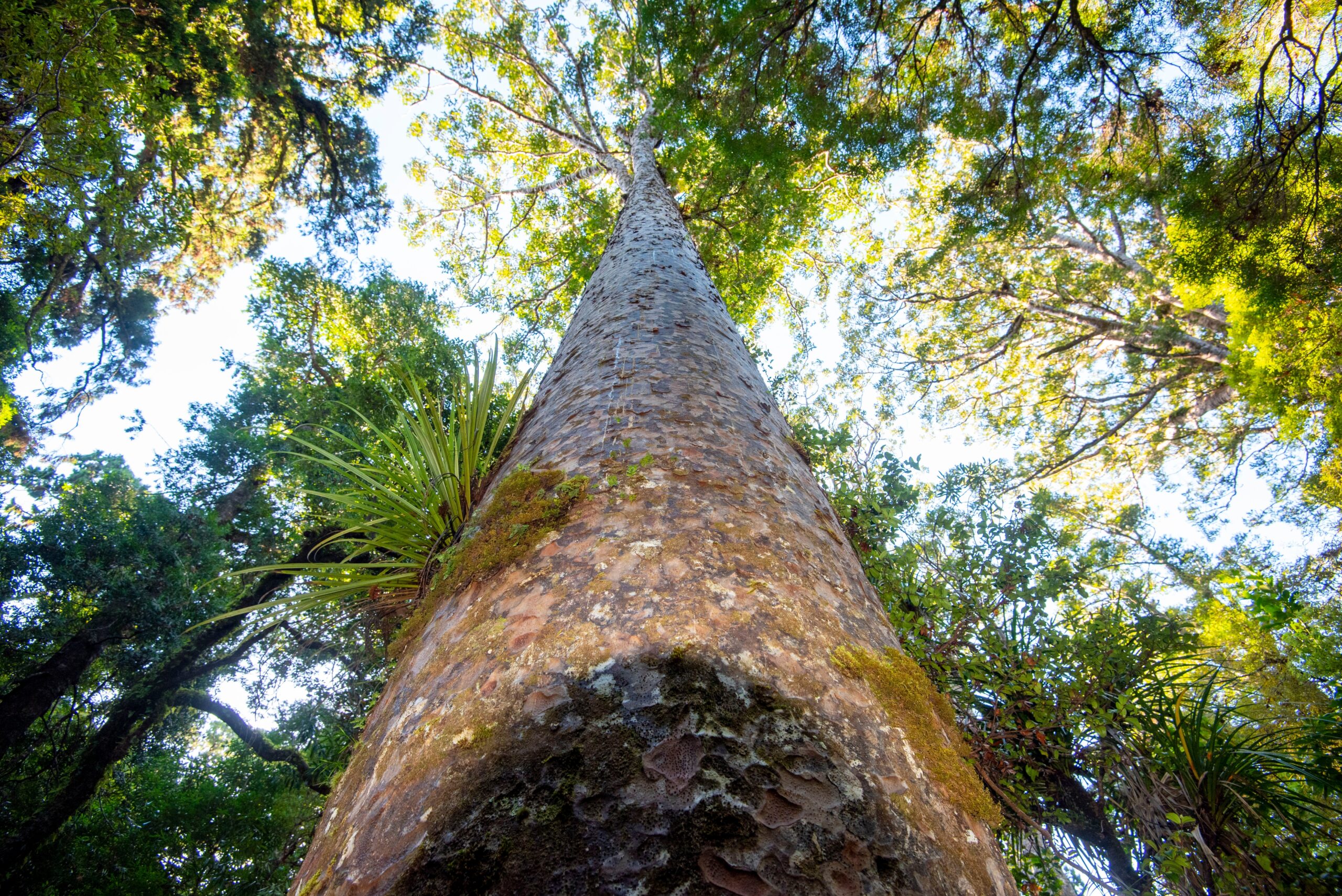
Kauri forests in New Zealand are home to some of the largest and oldest trees in the world. Kauri trees can grow up to 50 meters tall and live for over 1,000 years. The trees create a dense canopy that shades the forest floor, supporting ferns and mosses. Their resin is used by local wildlife as a food source. The forest provides crucial habitat for many rare and endangered species, including the kiwi bird.
Monteverde Cloud Forest
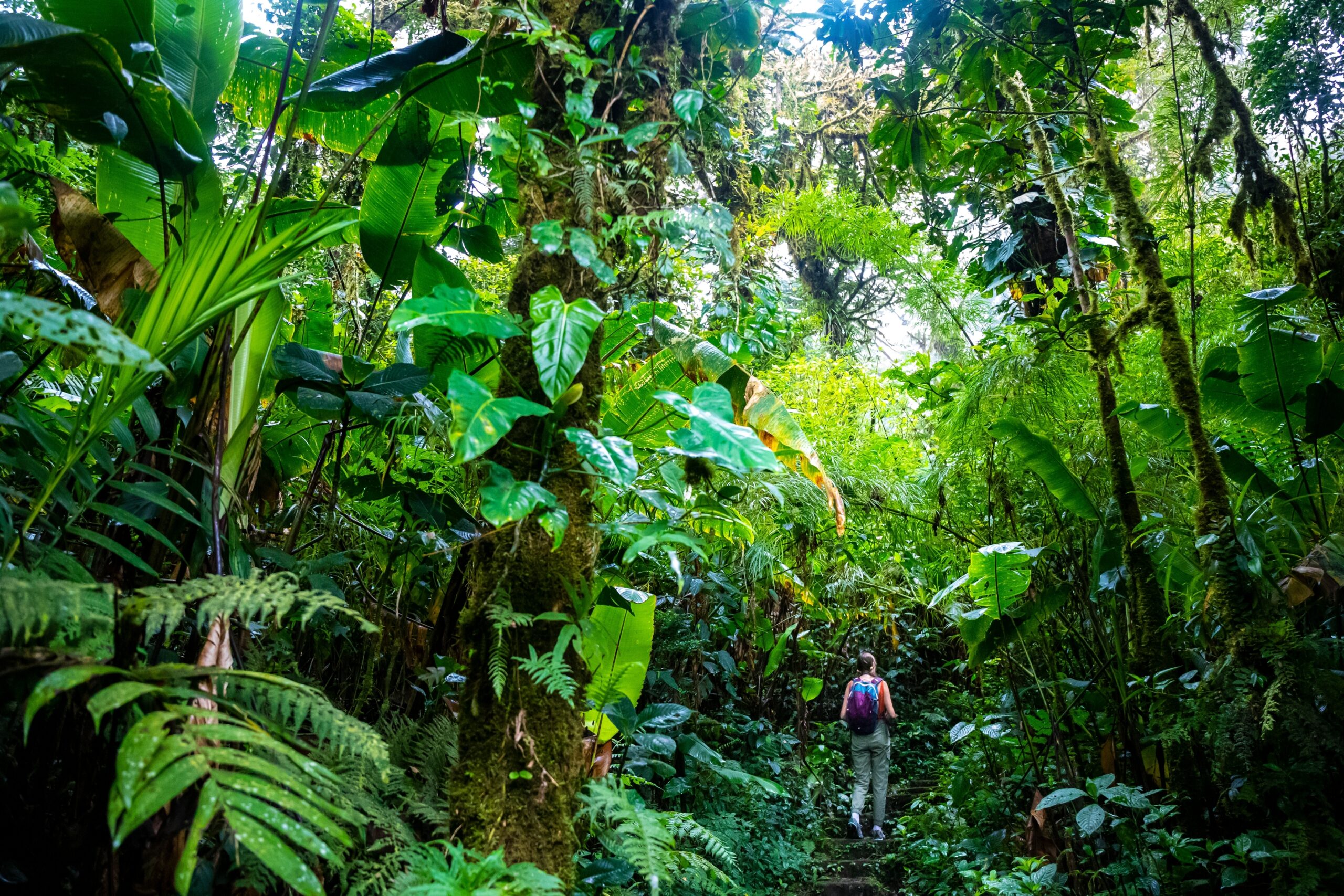
Monteverde Cloud Forest in Costa Rica is shrouded in mist most of the year. The constant cloud cover provides moisture for the lush, green plant life. Epiphytes, such as orchids and ferns, grow on tree trunks, absorbing water directly from the air. This forest is incredibly biodiverse, supporting over 100 species of mammals and 400 species of birds. Its cool, moist climate creates a unique environment for plants and animals alike.
Alpine Tundra Ecosystems
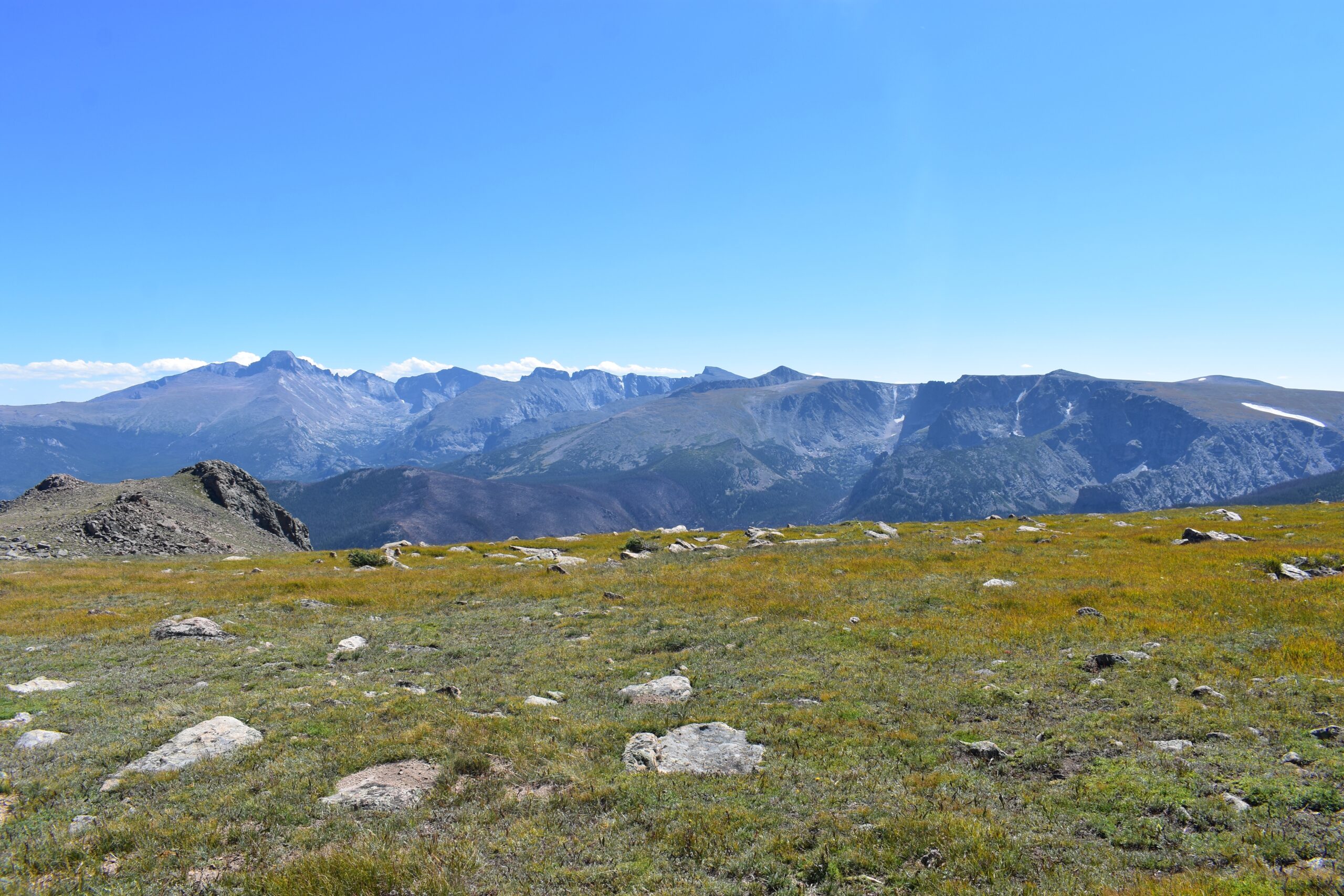
Alpine tundra ecosystems exist at high altitudes, where cold temperatures limit plant growth. Low-growing plants, such as mosses and lichens, dominate the landscape. These plants are adapted to survive harsh winds, freezing temperatures, and short growing seasons. Their roots stabilize the soil, preventing erosion in the rugged terrain. The ecosystem supports hardy animals, like mountain goats, that rely on these plants for food.
Western Ghats Rainforest
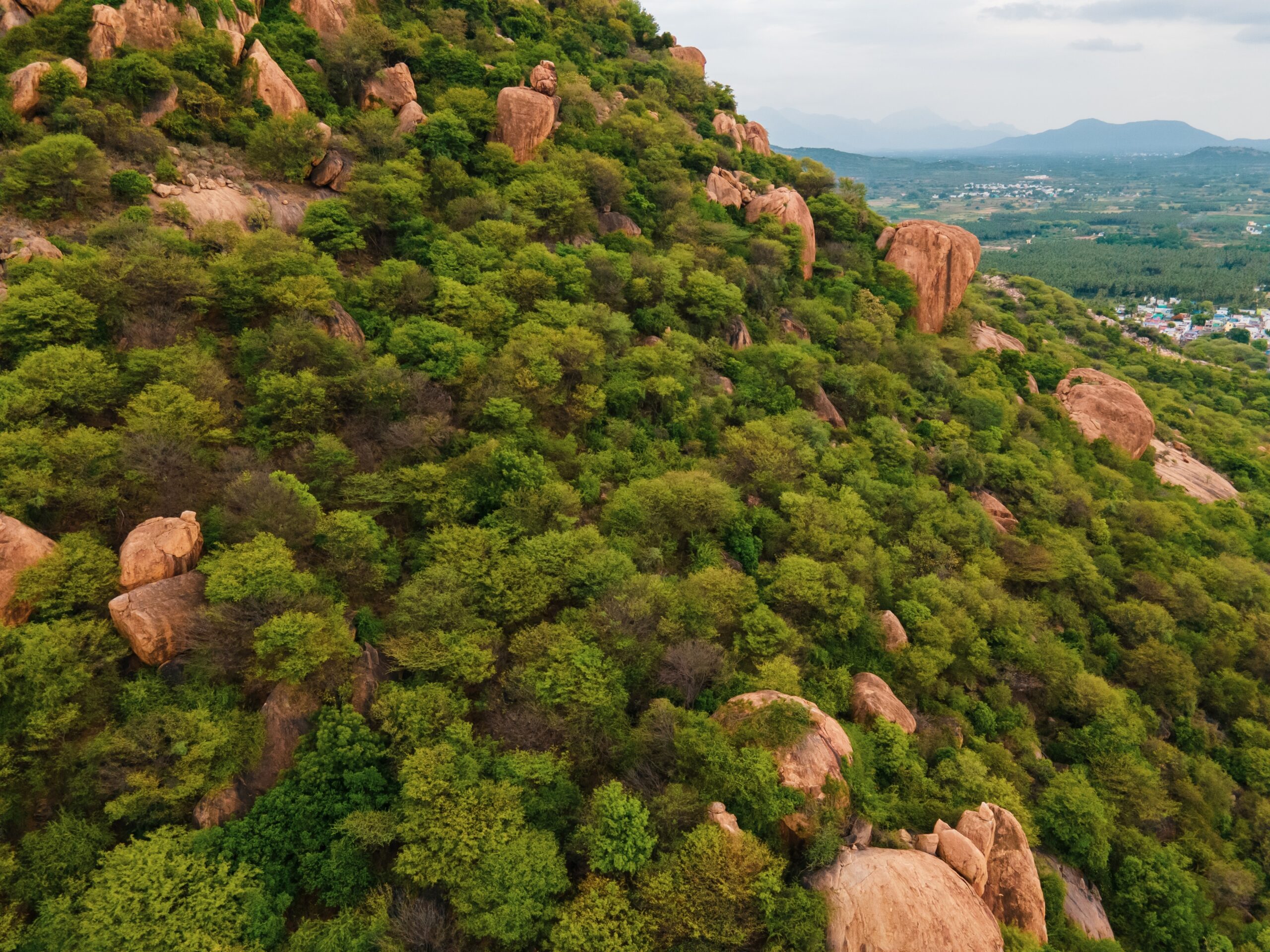
The Western Ghats Rainforest in India is one of the most biodiverse regions on Earth. This tropical rainforest supports a wide variety of plant life, including towering trees, orchids, and bamboo. The forest’s thick canopy creates a humid, shaded environment for ferns and mosses. Many species here are endemic, meaning they are found nowhere else. The rainforest plays a vital role in regulating the region’s climate and water supply.
Tapia Forest in Madagascar
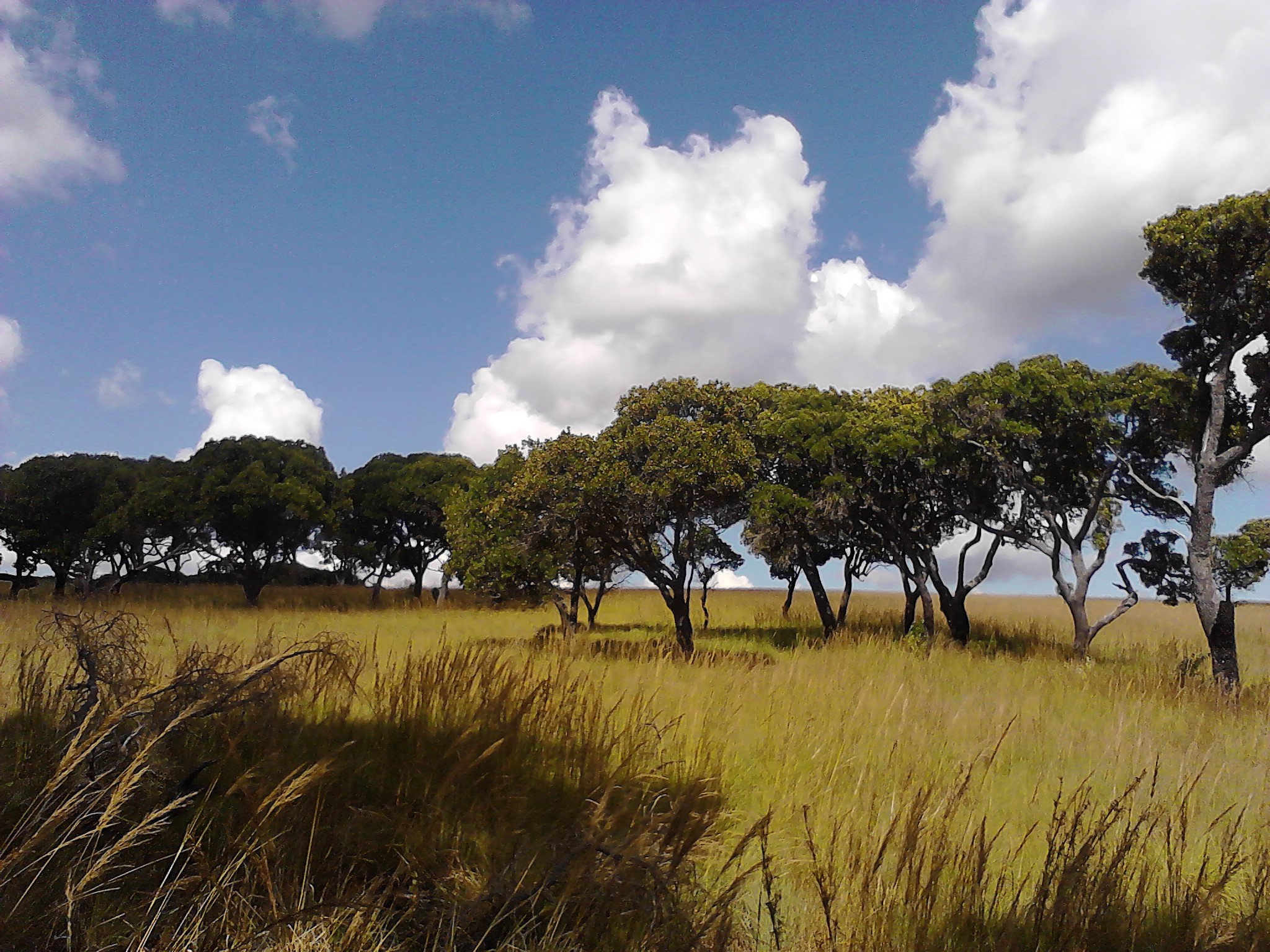
The Tapia Forest is a dry, deciduous forest found in central Madagascar. Tapia trees dominate the landscape, adapted to survive fires and droughts. Their thick bark protects them from fire, while their deep roots access underground water. The forest supports silk-producing moths, which use the trees for shelter. This unique ecosystem is important for both biodiversity and local livelihoods.
Fynbos Biome in South Africa

The Fynbos Biome is located in South Africa’s Cape Floral Kingdom. It is home to an astonishing variety of plant species, many of which are endemic. Shrubs and heath-like plants dominate this biome, adapted to nutrient-poor soils. Fire is an essential part of the ecosystem, helping plants regenerate by releasing seeds. Fynbos supports a wide range of wildlife, including birds, insects, and small mammals, thriving in its unique environment.
This article originally appeared on Rarest.org.
More from Rarest.org
16 Mysterious Forests with Legends and Lore

Mysterious forests have always sparked curiosity and fear. These ancient woodlands hold more than just towering trees and dense foliage. Read More.
20 Stunning Succulents You’ve Never Heard Of
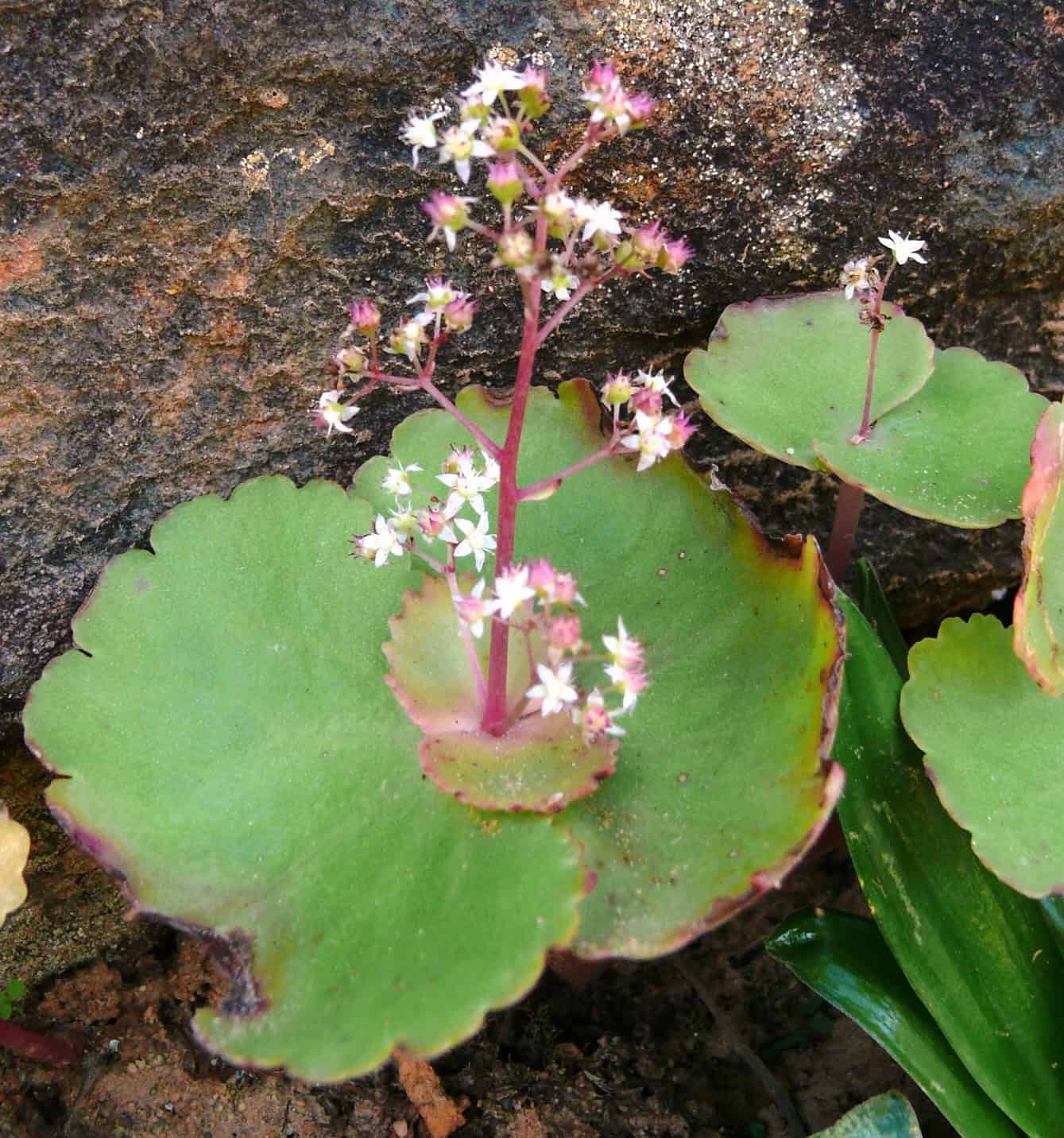
Succulents are popular for their unique shapes, colors, and low maintenance. But beyond the familiar varieties, there are some truly stunning and lesser-known types that deserve attention. Read More.
15 Highest-Paid Athletes in Professional Football (Soccer)

Professional football is a world of high stakes and immense rewards. Top athletes not only dominate the field but also command staggering earnings. Read More.
